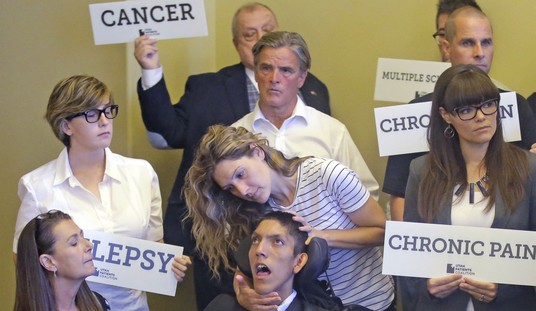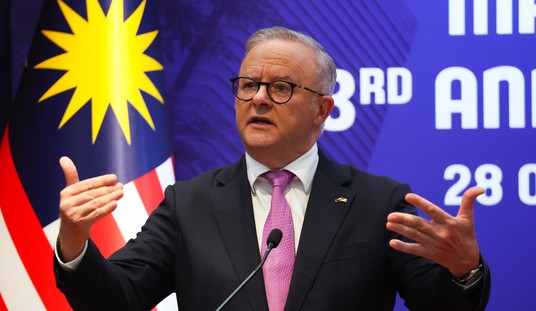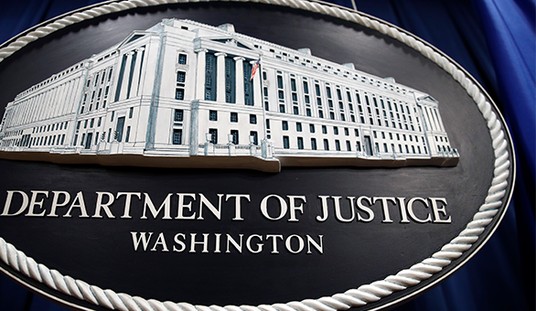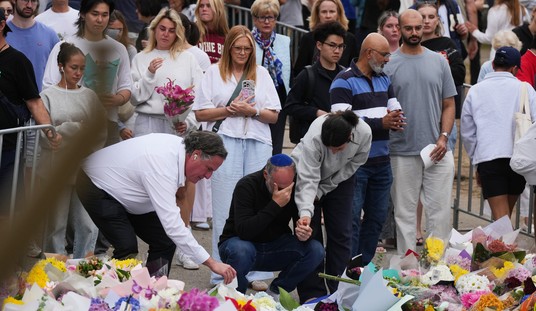Authorities in Minneapolis, MN are rolling out a new program in an effort to smother the city’s gang problem: rewarding at-risk citizens with government assistance for following the law.
The program, called Group Violence Intervention or GVI, will use a predictive policing program to identify at-risk individuals “most likely to perpetrate gun violence” in the city to separate them from their family and peers for an intervention with police, community and civic leaders. Those who decide to take the advice to follow the law will be offered social services, including education, job training and mental health counseling.
“From a public health approach, we want to make sure that trauma, particular community trauma, is a major part of the work that we’re doing,” said Minneapolis’ youth violence prevention coordinator Sasha Cotton, who is spearheading the effort. “We know that trauma motivates people to behave differently.”
“You can walk around the North Side for nine months to look for a good job,” said community organizer Spike Moss. “You can walk around the North Side for nine minutes to find a bag of dope.”
Through Nov. 21, 2016, 317 people have been shot in Minneapolis, compared with 239 during the same period last year. And while the number of homicides has dipped, aggravated assaults — a crime category that includes shootings and is considered one of the best measures of city safety — are up about 10 percent citywide.
On the city’s North Side, a bloody feud between rival gangs has flared in recent months, leading to numerous shootings and other violent acts, including a pair of overnight shootings on Oct. 3 that left six people wounded and littered the street outside downtown’s First Precinct headquarters with spent shell casings.
The effort has already been pledged hundreds of thousands of dollars, including a hefty grant from the U.S. Department of Justice to the tune of $250,000.
Individuals accepting help from the GVI program will not only receive public assistance, they will also be subject to additional scrutiny from law enforcement.
“We already have everything that it takes to do any type of model that you can think of. Sometimes, when you bring another model from another city, there are attempts to bring the leadership from another city, too,” Smith said, pointing out that an attempt to adapt Chicago’s successful Ceasefire program to Minneapolis failed.
Police officials have not outlined just how they will be identifying individuals to approach for the program, but have confirmed they are already monitoring ‘the most violent offenders’.
“Ultimately, it would be ideal to have gun violence eradicated, but reductions in gun violence is what we are striving for,” said Minneapolis Deputy Chief Bruce Folkens.
Predictive policing programs, which use computer algorithms to identify potential crime hot spots and determine who is likely to become a shooter, are under fire by privacy advocates.
“It’s also problematic because we’re talking somewhat about associations, which are constitutionally protected, and talking about speech, which is constitutionally protected, so using those to predict dangerousness is problematic as well,” said Teresa Nelson, legal counsel for the Minnesota chapter of the American Civil Liberties Union.
Following the FBI’s release of their 2015 Uniform Crime Report, Minneapolis was named one of the most dangerous cities in the U.S. this past September.








Join the conversation as a VIP Member